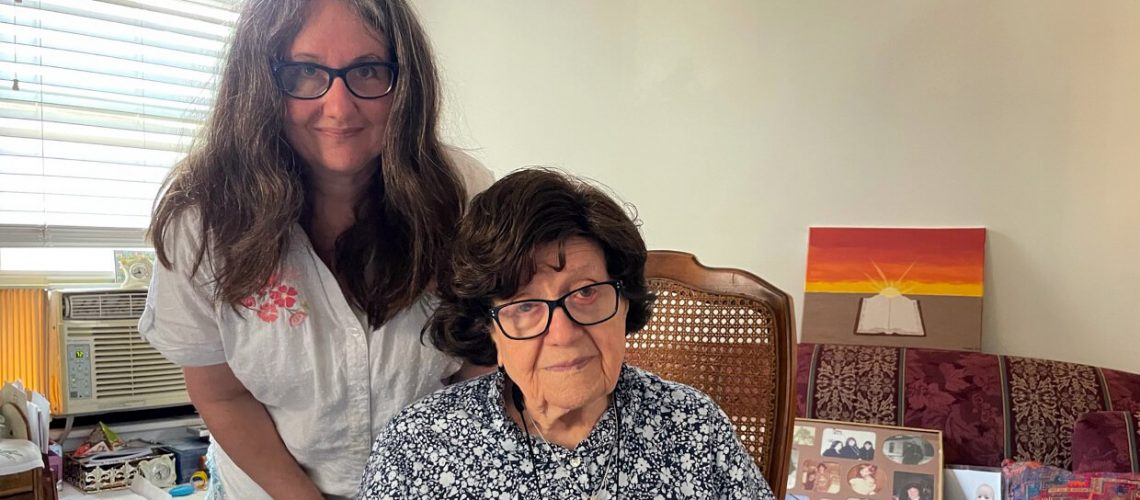A few days ago I visited my mother for the first time since the pandemic began. On previous visits, we’d pull out the Scrabble board and play a game or three. But since I began to research Bais Yaakov, we’ve pulled out my mother’s old photo albums instead, and gone over what to me is her fascinating story in Bais Yaakov. My mother, Sara Abraham (later Seidman) was born in 1922 in Turda, a town in the Transylvanian region of Romania. She attended a coeducational Jewish school, and only had her first experience of Bais Yaakov in 1938, when she attended the Bais Yaakov Seminary in Czernowitz (then Romania, now Ukraine), which was founded in 1935 as the third of the Bais Yaakov teachers’ seminaries. Instruction was in German, and many of the teachers were refugees from Nazi Germany. She remembers one fellow student from Italy, who told her about her father doing research in the Vatican Library.

She also remembers that the students were required to be outside, walking, each day after lunch, however cold it was. In this photo, you can practically see the shivers.

My mother made a dramatic escape from Czernowitz the day in 1940 the Soviets invaded the city, with another five Bais Yaakov girls on the last train out. One of the teachers pushed some money into her hand as she was packing, telling her that it was for the rest of the year’s tuition, even though the semester was nearly over. Back in Turda, she immediately opened a Bais Yaakov school to serve the towns’ girls and, when the Jews from surrounding areas were sent to Turda, those displaced girls, too.
She also ran a Bnos youth group, and was the leader of a large group of children and young women, some older than she was. She was paid as a teacher, but the money went to feeding the refugees breakfast, for many of them their only meal of the day. Each year on her birthday, a photo was taken of her surrounded by these students.

After the war, my mother worked at another Bais Yaakov, in the Displaced Persons camp at Föhrenwald, Germany. She was also involved in the Bnos in the DP camp. It was there that she first met my father, Hillel Seidman, who was touring the DP camps on behalf of Agudah. This was also the camp where my mother reconstructed a Hebrew textbook from memory, using the back of German military requisition forms because paper was scarce.
My parents met again a few years later in Paris, where my mother had gone to found yet another Bais Yaakov and try to acquire a visa that would allow her to join her parents in New York. One photo shows the school preparing for the visit of my father, apparently a distinguished speaker. Others show my mother taking her students on class trips, or spending the summers with them in the countryside, in a town call Fublaines.

In 1949, my mother spent the summer at the DP camp in Bergen Belsen, hoping that she might have better luck acquiring a visa from there. This photo shows her with one of the two Bais Yaakovs in the camp, the one that served Hungarian students (rather than Polish ones).

That fall she attended the Neshei Uvenos Agudath Israel in Antwerp as the delegate from France. This was the twentieth anniversary of the founding of the women’s organization in 1929, and the first time it had met since the war.

A few months later, my mother finally got her visa, a teacher’s visa, sponsored by the Bais Yaakov of Williamsburg. In 1950, she married my father in New York, and continued her involvement with the school system that had so shaped her life.

